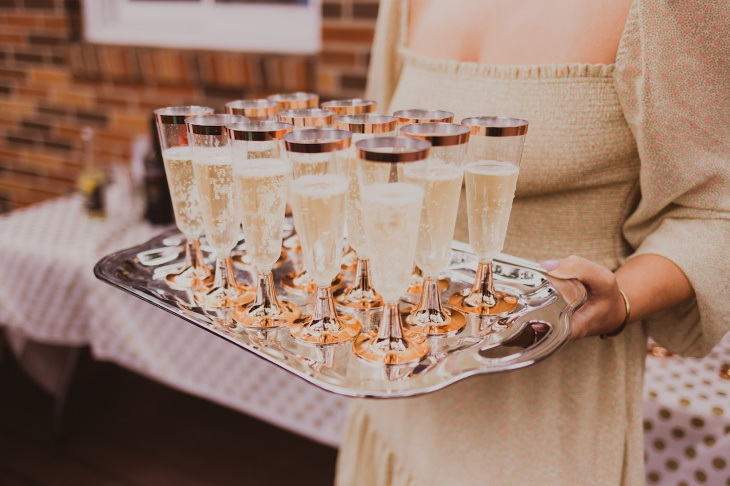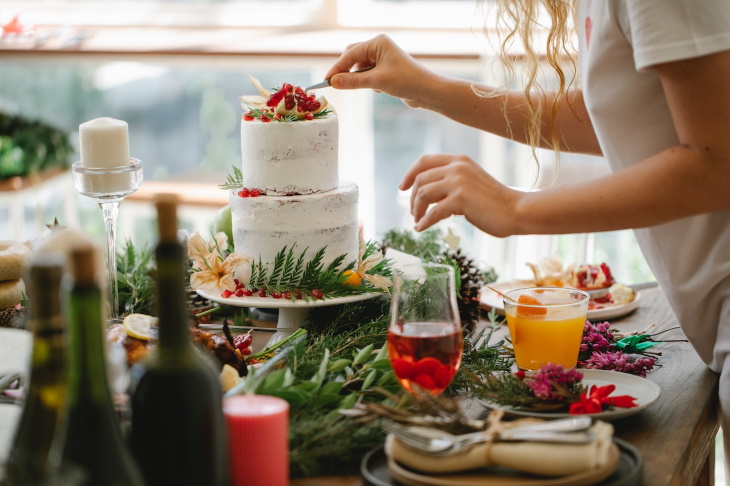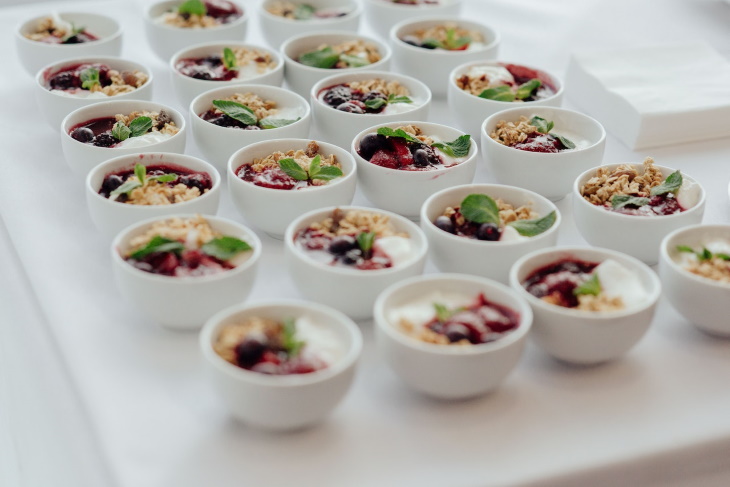I can’t decide which is more devastating - leaving guests hungry or wasting perfectly good food because you cooked too much. There may be no right answer to this dilemma, but there is a solution. That solution is menu planning, a skill used by all chefs and all caterers that we, home cooks, often forget about.
We’re wary to inform you, this technique does involve taking notes and doing a bit of math. But it can really help in determining the right amount of food for every gathering, so those who stick to it will benefit tremendously.
Things to Consider Before Planning a Menu
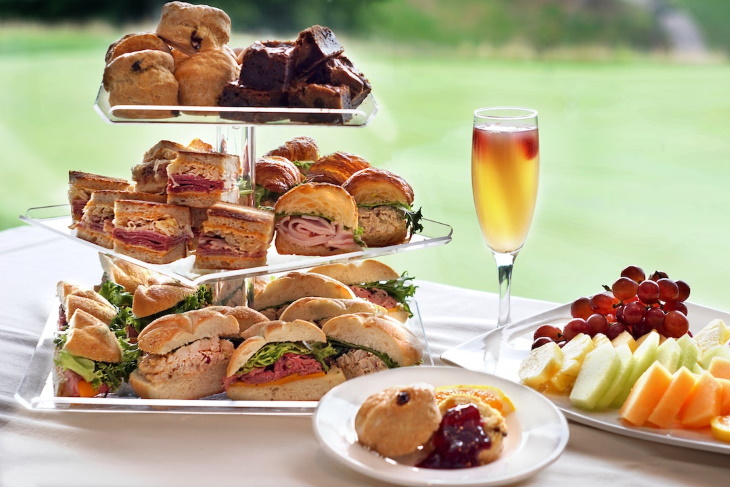
Being a good party host means knowing to cater to every guest and every occasion. Usually, it all boils down to the following five things:
- The number of guests. This one’s pretty straightforward, and we explain how to calculate food per person a bit later.
- The time of day. People always eat and drink more in the evening than during the day. You’re expected to serve something substantial at evening dinners, whereas a party at night or at lunchtime is usually limited to appetizers and light snacks.
- Food restrictions - make sure to ask your guests if there are any foods they avoid or prefer. This may be tougher for larger gatherings, so in this case, it’s crucial to add some vegetarian, non-dairy, and gluten-free options, etc.
- The guests’ age dictates more than just the cocktail menu. For example, kids generally eat half the amount of an adult, so the age range also influences the quantity of food.
- The length of the gathering. A quick one-hour brunch will most likely involve drinks, snacks, and an optional light dessert, but a 3-4 hour long sit-down dinner will require a lot more sustenance, and certainly, a few courses.
Food and Drink Calculation Made Easy
In this section, we list all the specifics, namely the precise quantities of drinks and foods to calculate for each guest. All you need to do is multiply the quantities by the number of guests expected at your party. For your convenience, we organized the food and drinks into clear sections.
Drinks
Setting up a well-stocked bar is easier than you think! Here are the general guidelines:
Nonalcoholic drinks - aim for about 2 drinks per guest for the first hour and 1 drink for each following hour. An average two-liter bottle of soda contains 10 eight-ounce servings, and beverages available in gallon containers will have 16 servings. So, for a three-hour gathering of six guests, you’ll need around two bottles of soda or a little over one gallon-sized bottle of juice.
Alcohol - expect each guest to drink at least 1 alcoholic beverage in an hour. If you’re serving beer, the quantity may rise by up to 2 bottles per hour. When calculating the number of bottles to get for a party, use this as guidance:
- 1 750-ml bottle of wine or champagne = 5 glasses
- 1 750-ml bottle of liquor = 15 mixed drinks.
This means that for a 3-hour party of 5 people, you’ll need around 15 strong drinks - either 3 bottles of wine or 1 bottle of liquor with mixers. For longer gatherings, you can decrease the amount of alcohol by a little, as guests will likely start drinking less after a few hours.
Ice - the general rule is 1/2 pound (1 cup) of ice per cocktail. Calculate the number of drinks first, and then divide it by half to get the amount of ice needed in pounds. So, for our imaginary scenario above, we’d aim for 7-8 pounds of ice.
Food
Charcuterie - a meat and cheese platter is a hit at most parties, and it’s ridiculously easy to set up too. Calculate around 2 ounces of cheese and 1-2 ounces of meat per guest. Every person should also get at least 4-6 crackers or small pieces of bread. You can eyeball things like condiments and nuts, and top up as needed.
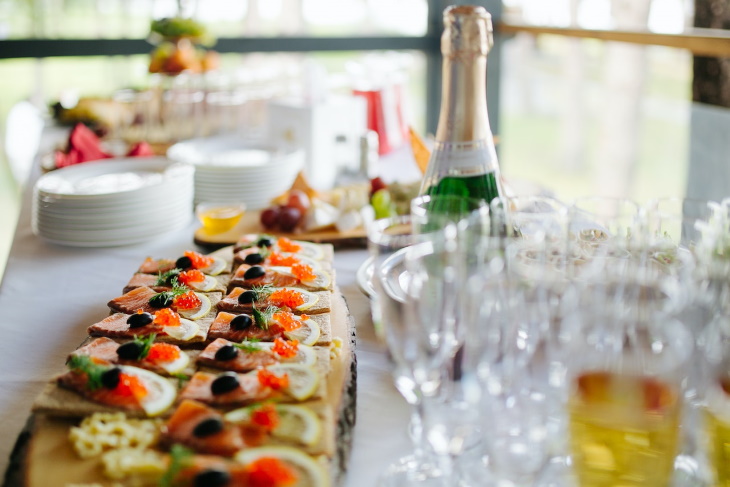
Appetizers - 6 pieces of snacks like Deviled Eggs or Arancini for one person when preceding a meal OR 6 pieces per guest every hour when serving only appetizers. Anticipate the crowd's favorite and serve it in the middle. This way, everyone will get to enjoy it. For example, appetizers with fish and seafood always tend to vanish the fastest at our home, so I avoid serving them when the guests are either very hungry or full.
Chips, nuts, pretzels, olives, etc. - 1/2 to a full cup per guest should be plenty to keep guests going between meals, and best of all, they require no extra preparation.
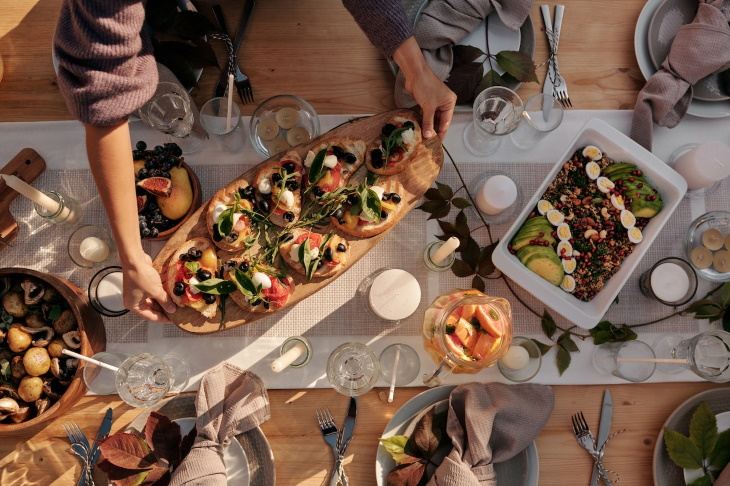
Bread - fresh bread creates a cozy and inviting atmosphere on every table and can fill every hungry stomach, even when you’re a bit low on the main course. Aim for at least 1-2 slices of bread per person.
Main meal - no matter the number of dishes, aim to offer about 1.5 servings per person. If you're preparing a selection of dishes, you can decrease the serving size a bit. Still, it's good to have enough for everyone to be able to sample each dish. The general rule is to decrease the portion size by 1-2 ounces if served alongside other main dishes.
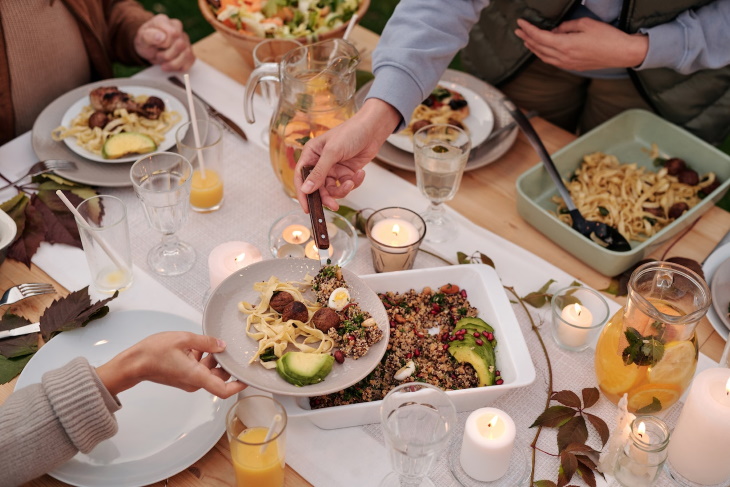
Listed below are approximate quantities for common types of main courses:
- Sandwiches - 1.5 per person
- Meat or fish - 6 ounces per person
- Roast chicken - one bird feeds 4 people, assuming it’s served with a side
- Green salad (without dressing) - 1 ounce, or about 1 cup per guest
- Vegetables - 4 ounces, or about 6-10 pieces per person
- Pasta - 2 ounces as a side, 4 ounces in the main dish
- Potatoes - 2-3 medium potatoes (or 4-5 small ones) per person. Guests always eat more potatoes than you’d think, so make sure to make extra.
- Rice and other grains; beans and other legumes - 1.5 ounces for one person when served as a side or 2 ounces per guest in the main course (e.g. risotto).
Dessert
Approximate about one serving of dessert per person, or maybe a bit more for those with a sweet tooth:
- 1 1/2 cupcakes per person
- 3 cookies per guest
- 1 slice of cake, tart, or pastry - one nine-inch layer cake has 10-12 slices, whereas one pie of the same size will only serve 6-8 people.
- 1/2 cup of creamy desserts (e.g. pudding, mousse, or ice cream) for every guest
- 1/2 cup of peeled fruit per person.
Related article: Your Next Dinner Hosting Will Be a Breeze With These Tips
A Few Final Menu Planning Tips
1. It’s better to have a bit more food and drinks than too little, so make sure to round up and never down when shopping for ingredients.
2. People eat less at a buffet than at a sit-down dinner - about 1/3 less, to be more precise.
3. At a buffet, guests will want to taste every dish, so it’s good to have a bit more variety but smaller portions.
4. Mix and match filling and light dishes, as some guests will be starving, and others may not be very hungry. A variety of dishes can accommodate both.
5. When planning the main course, choose a star piece (usually the protein) and fillers (usually the side dish and things like bread). You’ll need less of the former and an abundance of the latter.
6. Consider the presentation - make sure that there is color variety in food that will be served side by side.
7. Our last tip is “don’t stress it.” If people agreed to come to your place, they’re more interested in you than the diversity and complexity of the menu. Try to relax and enjoy the party!



